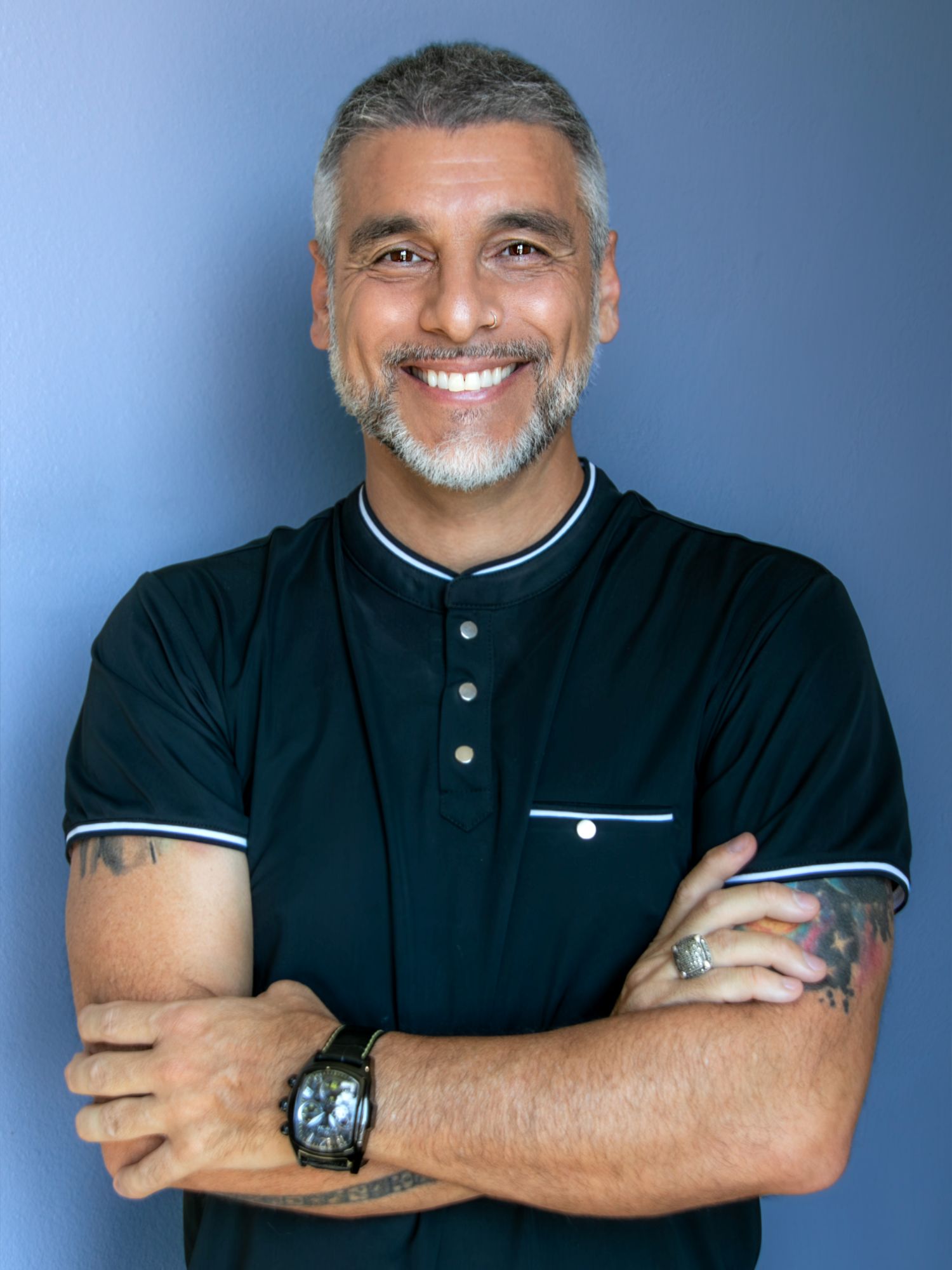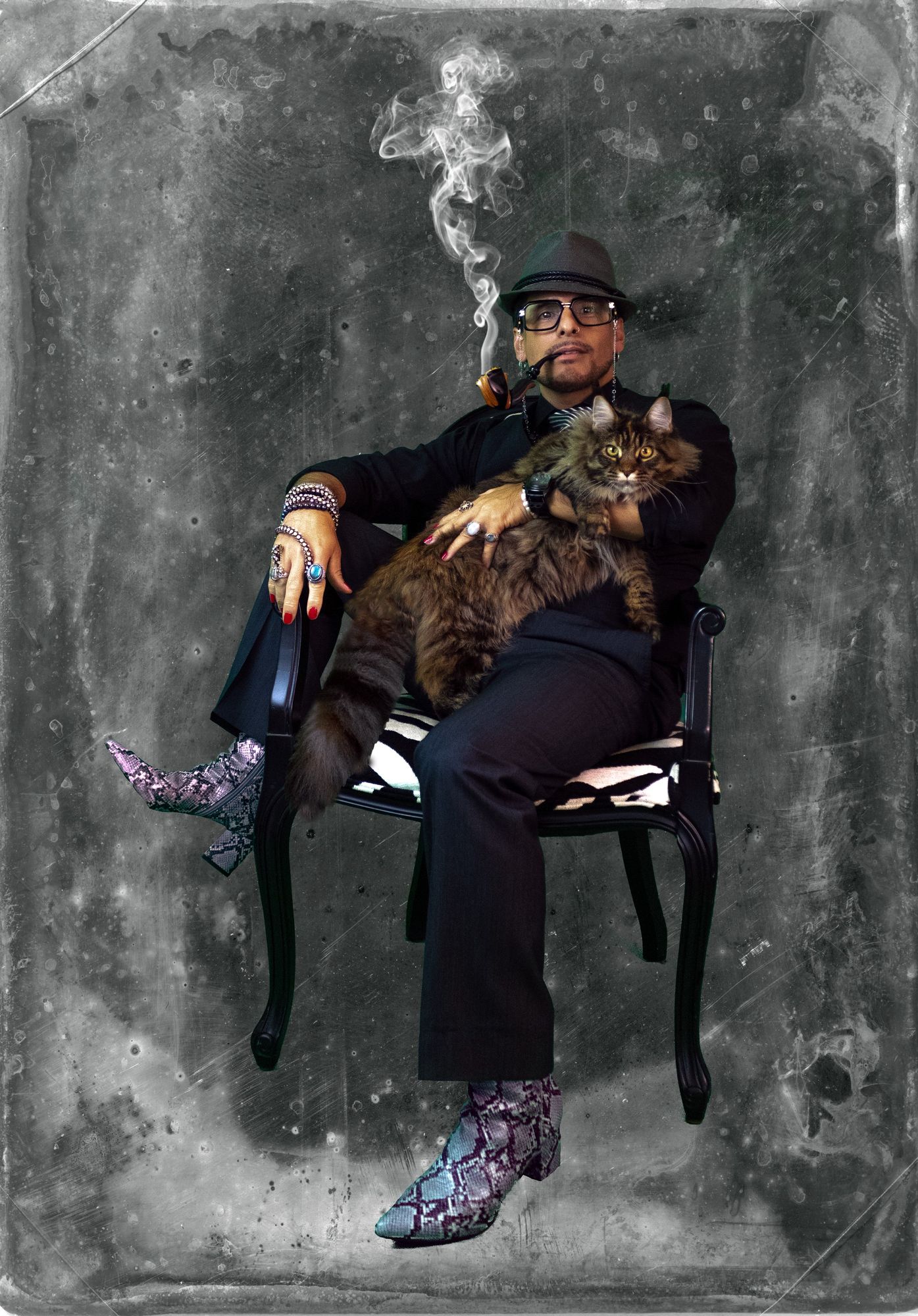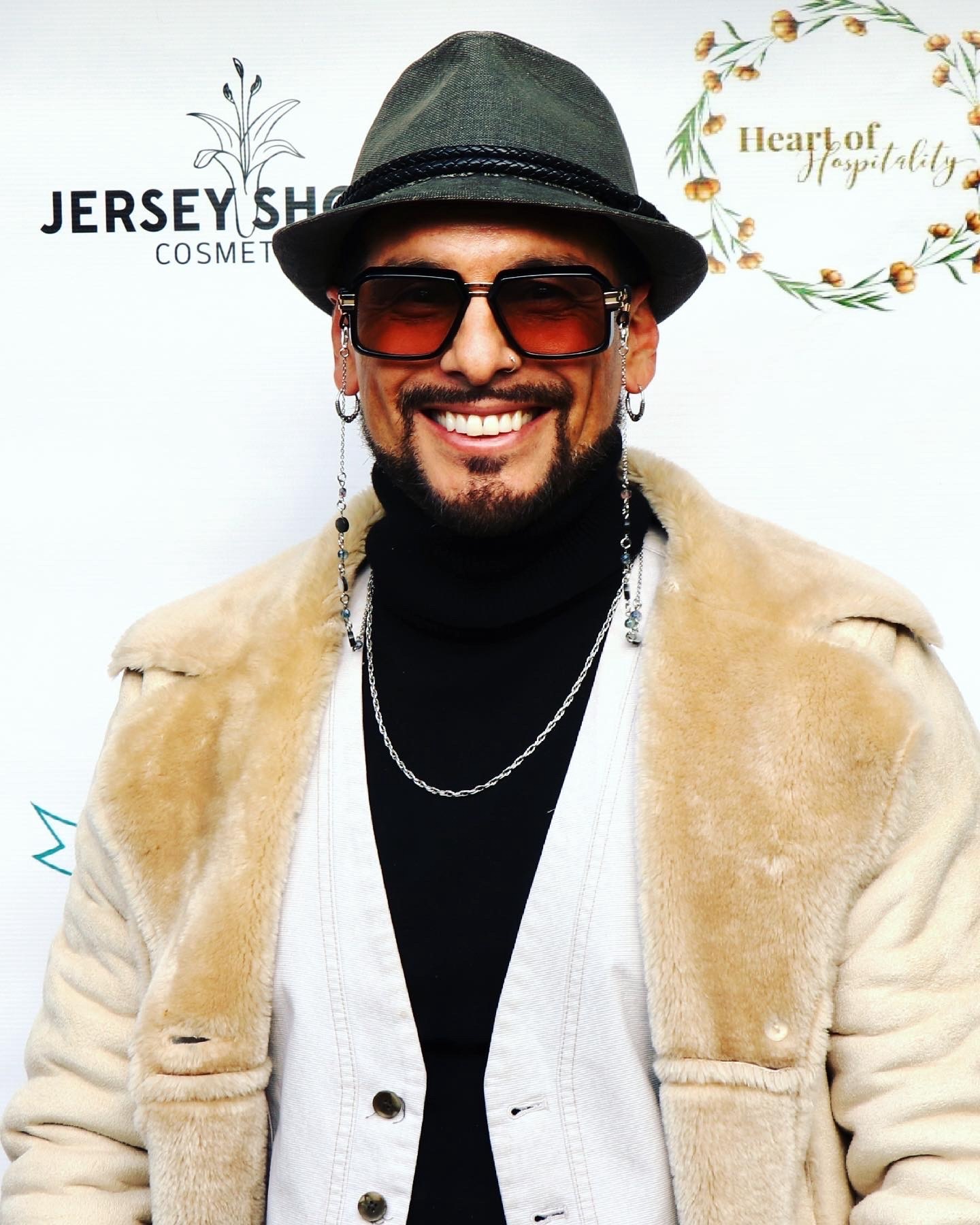

Today we’d like to introduce you to Halasius Bradford.
Hi Halasius, so excited to have you on the platform. So before we get into questions about your work-life, maybe you can bring our readers up to speed on your story and how you got to where you are today?
I started writing poetry when I was nine, long before I touched an instrument. Later, I turned to music to give melody to my words — to let sound carry what language alone could not. I began as a musician searching for rhythm, and somewhere along the line, rhythm became thought. From poetry to piano, from acting to film, each discipline opened another mirror in which I tried to find the same thing: presence.
As a child, I was raised in a Raja Yoga temple, where silence and introspection were part of daily life. That early spiritual education taught me the sacred weight of solitude — not as absence, but as space for consciousness to unfold. I learned to observe before acting, to listen before speaking, and to let stillness teach what words could not.
By the age of twelve, my curiosity turned toward Western philosophy. Nietzsche and Hegel became my first intellectual companions, and through them, I began to sense that thought itself could be an art form — that the mind could compose symphonies as profound as any written for the piano. At seventeen, I left my parents’ home and began living on my own, guided by a quiet conviction that solitude, freedom, and discipline were necessary ingredients for creation. Later, I immersed myself in Lacanian psychoanalysis, drawn by its exploration of language, desire, and the fractures that define human identity.
All of this prepared me for the artist I would become—and the one I am still becoming. I come from Buenos Aires, a city of contradictions — melancholic and luminous — and that duality never left me. In Los Angeles, I found a second mirror: a city where everyone is performing, and therefore everyone is, in some sense, true. I earned my Associate’s degree in Political Science and later my Master’s in Screenwriting from California State University, Northridge — two paths that, though seemingly distant, converged in the same pursuit of meaning and narrative.
Would you say it’s been a smooth road, and if not what are some of the biggest challenges you’ve faced along the way?
No artist’s road is smooth — nor should it be. The friction is what lights the fire, what sharpens the instinct, what teaches you to hear beyond the noise. My struggles were not external but inward — the kind that do not announce themselves with noise or drama, but with silence. It’s difficult to explain the tension of living between vision and reality, between what one imagines and what the world allows. Yet that tension became the pulse of my work.
My journey has been less about success and more about adaptation — learning to exist, as I wrote in my most recent book (<i>The Broken Mirror—Within the Abyss of Simulation</i>), where one must distinguish reflection from being. In a world where appearance has replaced essence, where the image often precedes the experience, the artist’s task is no longer to imitate life, but to update it. Every creative act, for me, is a form of resistance against oppression — an attempt to rescue something genuine from the machinery of repetition.
I manifest myself on that thin line — on the edge between authenticity and artifice —, taking every struggle as a possible encounter with <i>the wise</i>. The challenge is to turn pain into architecture — to transform chaos into rhythm, and silence into structure. Creation, after all, is not born from comfort, but from the effort to give form to what would otherwise remain unseen.
As you know, we’re big fans of you and your work. For our readers who might not be as familiar what can you tell them about what you do?
I’ve always considered myself a <i>Renaissance man</i> — actor, musician, multi-instrumentalist, songwriter, philosopher, editor, producer, director, filmmaker, author, screenwriter, and counting. To me, these aren’t separate titles but variations of the same creative impulse: to understand the world through form, rhythm, and meaning. I move across mediums because each reveals a different truth: sound shapes emotion, film provides body to time, and writing gives soul to thought.
Years ago, I created a work that was both an artistic installation and a philosophical statement. <i>Music Has Died</i> was the world’s first empty album — a transparent compact disc accompanied by an eponymous philosophical book. It questioned whether music could survive its own commodification, and whether silence, in the end, might be the purest form of sound. It was a requiem and a rebirth at once.
As a screenwriter, I’ve written more than a dozen scripts, including a commissioned stage play for ARCS-JPL/NASA, presented at The Soraya Theater in Los Angeles. One of my scripts, which I also directed, was a multi-awarded short film titled <i>EDGES — The Borders That Define Us</i>. It explored the civil rights of immigrant children — a subject that remains painfully urgent as democracy itself wavers under the weight of its contradictions today. Alongside cinema, I’ve released eight albums, each one a reflection of different inner seasons, and I’ve published works of poetry and philosophy, with my upcoming novel <i>Feeding Love</i> expanding that continuum into narrative form.
What defines me is not the variety of disciplines, but the unity behind them — an ongoing search for coherence in a fragmented world. I don’t chase certainty or trends; I pursue depth. My art exists somewhere between the rational and the sacred, between what can be said and what can only be felt.
Do you have any advice for those looking to network or find a mentor?
Mentorship, in my experience, isn’t something you find — it’s something you recognize. A true mentor doesn’t give you answers; they sharpen your questions. Sometimes that guide is a person, other times it’s a book, a silence, a mistake, or a long night that leaves you changed. I’ve learned as much from Nietzsche or Borges as from my young students in the classroom. As for networking, I’ve always distrusted that concept. It feels mechanical to me, and art is anything but mechanical. The best connections I’ve made didn’t come from calculation, but from resonance — from genuine curiosity and shared honest purpose.
If I had to give advice, it would be this: protect your solitude, but don’t isolate yourself from the world. Create from authenticity, and let your integrity be your invitation. The rest will follow naturally. What endures is not who you know, but what you create together when the right encounter happens — those rare moments when another mind, another soul, makes you see your own reflection more clearly. But don’t cling to a single path. Give destiny a list to choose from. Dreaming is only the blueprint — you must act in multiple directions, each with courage and curiosity, and then be brave enough to welcome what destiny selects from your offerings. The most profound outcomes are rarely the ones we predict.
Contact Info:
- Website: www.halasius.com
- Instagram: www.instagram.com/halasius
- Facebook: www.facebook.com/halasiusbradford
- Linkedin: www.linkedin.com/in/halasius/
- Youtube: www.youtube.com/halasius
- Other: https://www.halasius.com/edges
















